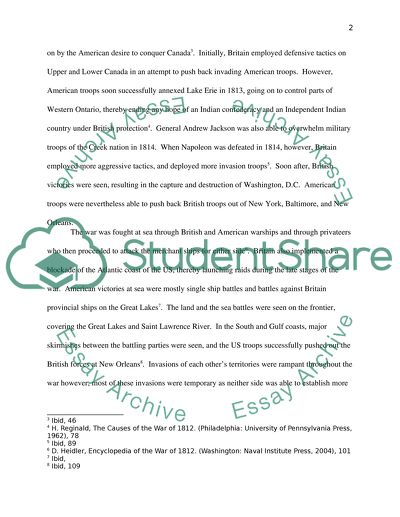Cite this document
(“USS Constitution vs HMS Guerriere (War of 1812) Research Paper”, n.d.)
Retrieved from https://studentshare.org/history/1399755-uss-constitution-vs-hms-guerriere-war-of
Retrieved from https://studentshare.org/history/1399755-uss-constitution-vs-hms-guerriere-war-of
(USS Constitution Vs HMS Guerriere (War of 1812) Research Paper)
https://studentshare.org/history/1399755-uss-constitution-vs-hms-guerriere-war-of.
https://studentshare.org/history/1399755-uss-constitution-vs-hms-guerriere-war-of.
“USS Constitution Vs HMS Guerriere (War of 1812) Research Paper”, n.d. https://studentshare.org/history/1399755-uss-constitution-vs-hms-guerriere-war-of.


